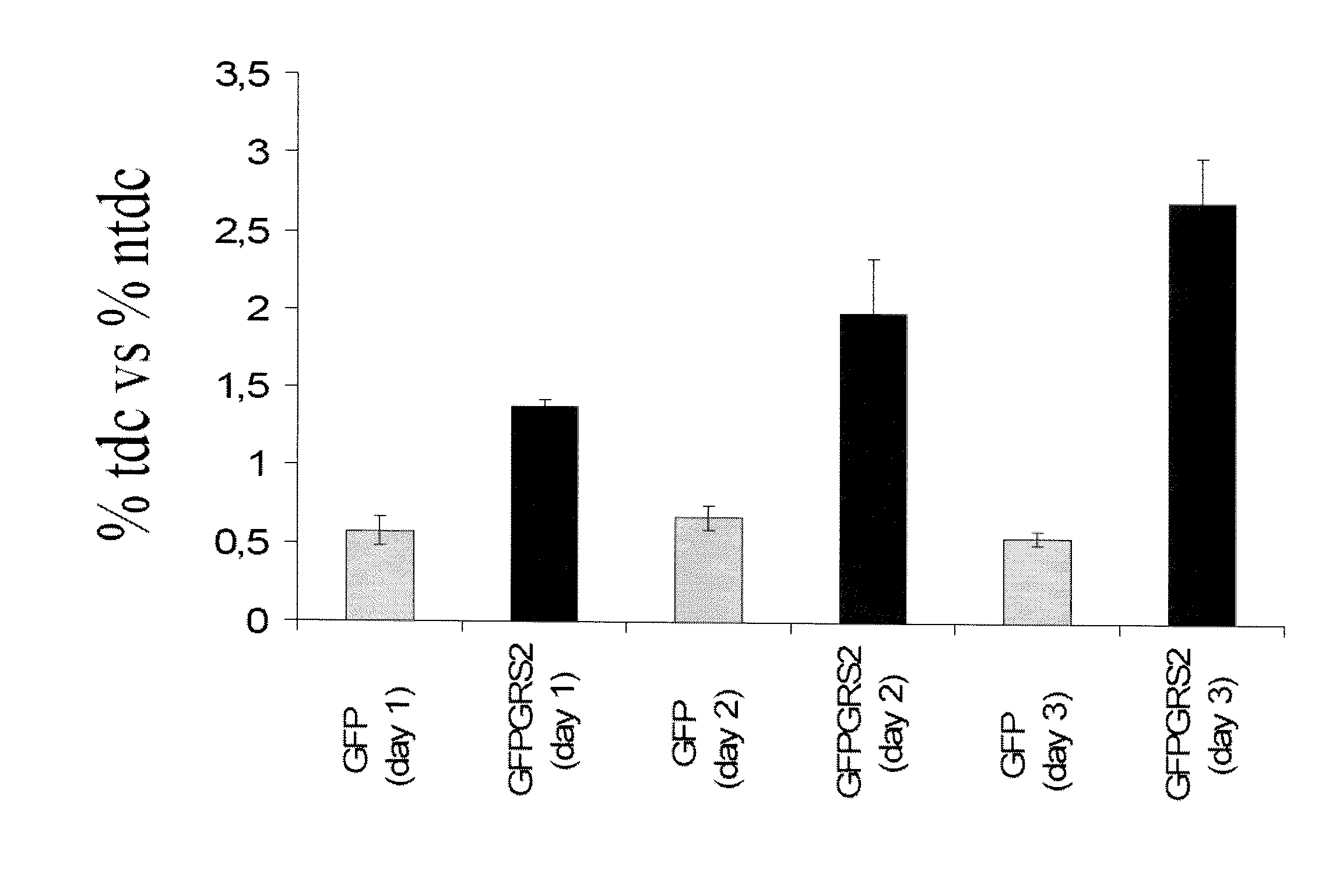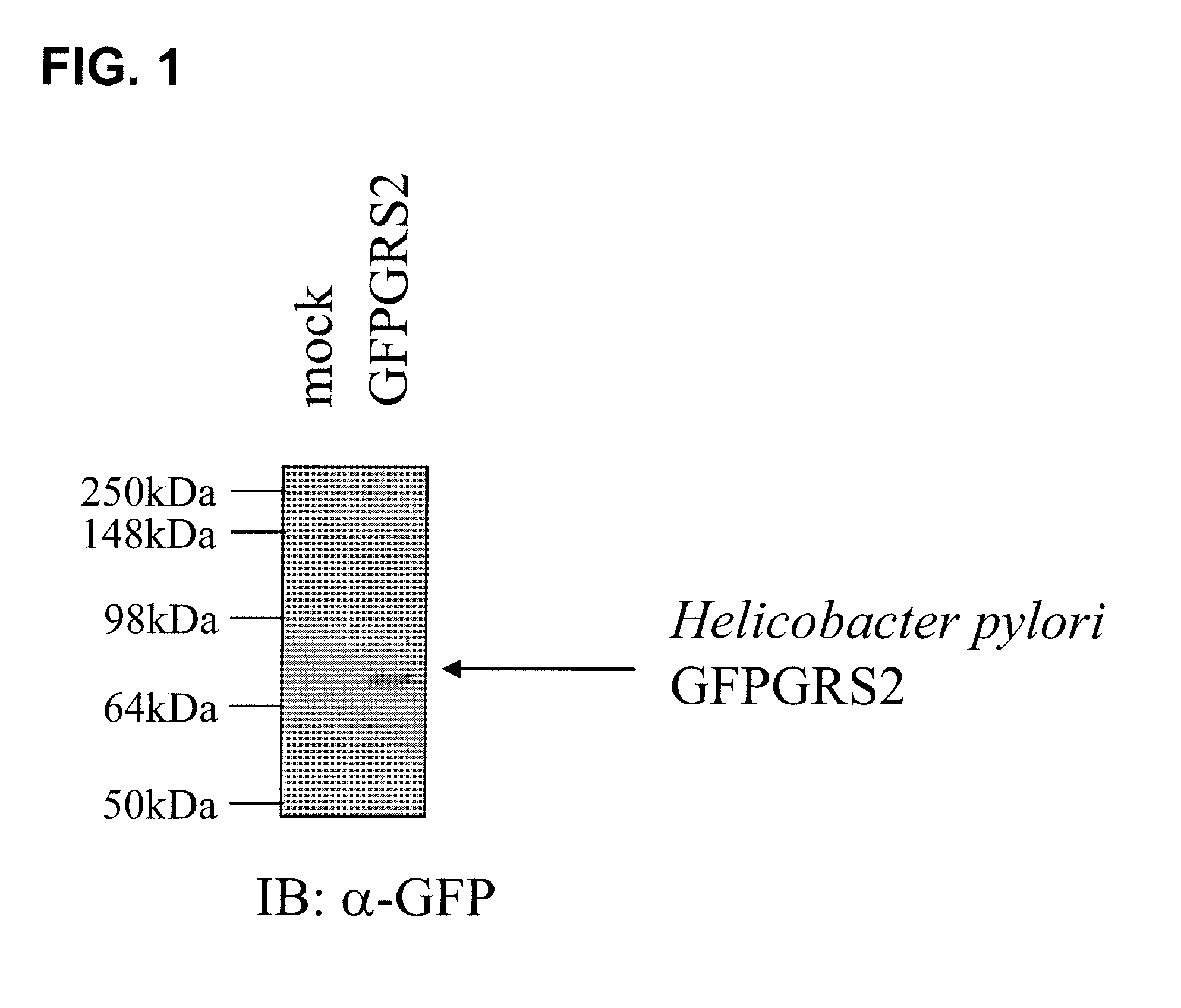Screening Method for Identifying New Drugs
a screening method and drug technology, applied in the field of screening methods for identifying new drugs, can solve the problems of insensitivity, inability to identify new drugs, and inability to identify new drugs, and achieve the effect of fast and cheap procedures
- Summary
- Abstract
- Description
- Claims
- Application Information
AI Technical Summary
Benefits of technology
Problems solved by technology
Method used
Image
Examples
Embodiment Construction
[0016]As used herein, the term “non-discriminating ARN-t synthetase” (abbreviated as “ND ARN-t synthetase”) refers to an aminoacyl-tRNA synthetase whose biological function is to aminoacylate more than one type of tRNA with the same amino acid. For instance, most bacteria contain a GluRS enzyme that is capable of aminoacylating tRNAGln with glutamate instead of glutamine, its cognate amino acid. This reaction is not toxic to the cells that harbor this enzyme because the transient form of tRNAGln aminoacylated with glutamate is rapidly modified and the amino acid glutamate is transformed to glutamine. As used in the present invention, the terms “non-specific” or “non-canonical” have the same meaning than the term “non-discriminating”.
[0017]The term “naturally occurring pathogenic” is to be understood as that the non-discriminating tRNA synthetase according to the present invention is obtained from organisms that are pathogenic for mammals and which have not been genetically engineere...
PUM
| Property | Measurement | Unit |
|---|---|---|
| chemical libraries | aaaaa | aaaaa |
| solubility | aaaaa | aaaaa |
| soluble | aaaaa | aaaaa |
Abstract
Description
Claims
Application Information
 Login to View More
Login to View More - R&D
- Intellectual Property
- Life Sciences
- Materials
- Tech Scout
- Unparalleled Data Quality
- Higher Quality Content
- 60% Fewer Hallucinations
Browse by: Latest US Patents, China's latest patents, Technical Efficacy Thesaurus, Application Domain, Technology Topic, Popular Technical Reports.
© 2025 PatSnap. All rights reserved.Legal|Privacy policy|Modern Slavery Act Transparency Statement|Sitemap|About US| Contact US: help@patsnap.com



